Description
|
Features |
|
Benefits |
||
|
Unique reagent cassette requires no manual reagent reconstitution, minimal calibration, and offers extended onboard stability |
|
Increases efficiency and cost effectiveness by reducing operator time and reagent waste |
||
|
Extensive test menu automates even esoteric tests, such as lithium and serum proteins |
|
Reduces costs associated with labor-intensive manual procedures, send-outs, and multiple analyzers |
||
|
36 onboard test capacity with fast, simple method changeover while the system is in operation |
|
Allows less frequently requested assays to be easily consolidated onto one workstation |
||
|
Pipetting integrity check includes sample level detection and clot detection |
|
Enhances confidence in result accuracy. Clot detection management features assure effective onboard management of samples |
||
|
Automatic reagent inventory with remaining test data stored in memory, even after a cassette has been removed from the system |
|
Minimizes reagent waste due to method changeover |
||
|
Throughput |
|
|
Up to 400 photometric tests per hour; up to 460 tests per hour with electrolytes |
|
|
Onboard Test Capacity |
|
|
32 refrigerated cassette positions plus four ISEs (Na+, K+, CL-, and Li+) |
|
|
Dimensions (Tabletop Unit) |
|
|
Width: 53.1 in. (135 cm) |
|
|
Height: 29.5 in (75 cm) |
|
|
Depth: 26 in. (66 cm) |
|
|
Weight: 507 lbs. (230 kg) |
|
|
Sample Volumes / Capacity / Containers |
|
|
Up to 90 samples onboard via 15-position rack |
|
|
5, 7 & 10 mL primary tubes and COBAS sample cups |
|
|
Most chemistries use serum or plasma |
|
|
2-10 µL sample volume per photometric test |
|
|
Compatible bar codes: Codabar 2 of 7, Code 3 of 9, Interleaved 2 of 5, Code 128 |
|
|
Reagent Cassettes |
|
|
50-800 tests per cassette, depending on test |
|
|
Automatic reconstitution on analyzer, if required |
|
|
6-12 week onboard stability |
|
|
Calibration typically once per lot |
|
Weight: 465 Lbs
Dimensions: 53(W) x 26(D) x 30(H) inches


Reviews
There are no reviews yet.